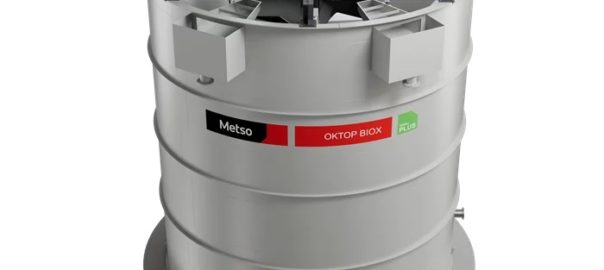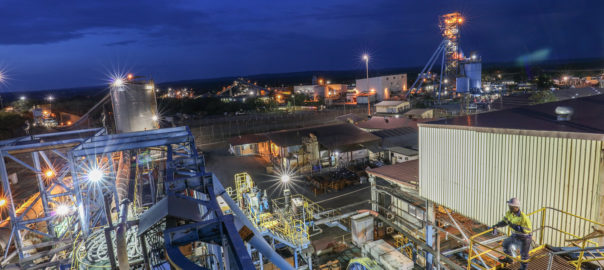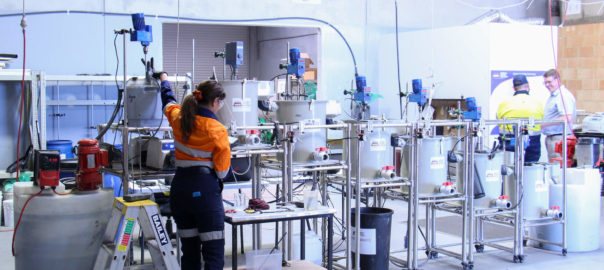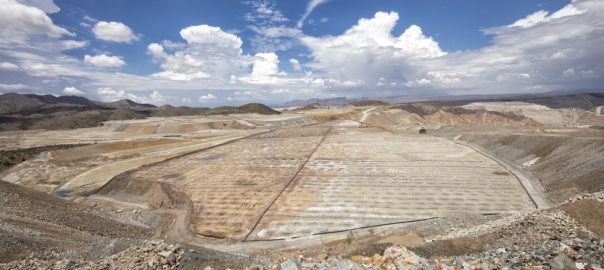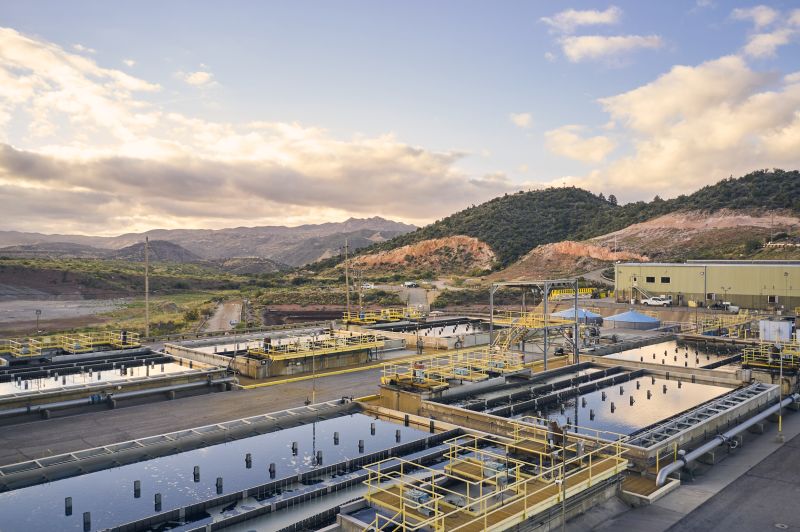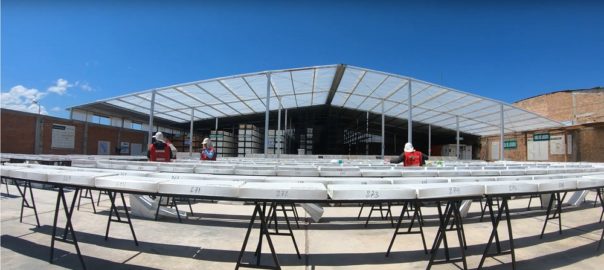Metso is extending its hydrometallurgy offering with the launch of OKTOP® BIOX® Reactor, a solution, it says, is ideal for the pre-treatment of refractory gold concentrate and base metal leaching.
OKTOP BIOX Reactor is part of the Metso Plus offering (the rebranded Planet Positive offering) and enables enhancing oxygen mass transfer to improve energy efficiency and process performance during the leaching process.
“The OKTOP BIOX Reactor provides increased operational efficiency with the most energy-efficient agitator design available for the BIOX process,” Waldemar Olivier, Senior Process Engineer, Gold, at Metso, said. “The reactor features a dual-pumping agitator that maximises surface aeration, increasing oxygen mass transfer and enhances foam entrainment back into the slurry using a novel surface aeration ring. Thanks to its innovative design, it delivers more than 20% energy savings on agitation power, lowering operational costs.”
Metso says it provides comprehensive support from design to service for OKTOP BIOX Reactor deliveries. This includes, for example, full process design, mechanical guarantees and test work capabilities. To support steady operational efficiency, Metso’s in-house engineering team offers accurate monitoring and optimisation services.
With over 1,200 installations globally, the modular OKTOP Reactor is trusted by industries worldwide and has built an excellent reputation for being safe and reliable and ensuring consistent performance with excellent product quality, according to the OEM. Metso BIOX technology boasts 14 installations that have resulted in combined gold production of more than 36 Moz to date. The OKTOP BIOX Reactor features a novel agitator specifically designed for this application.







